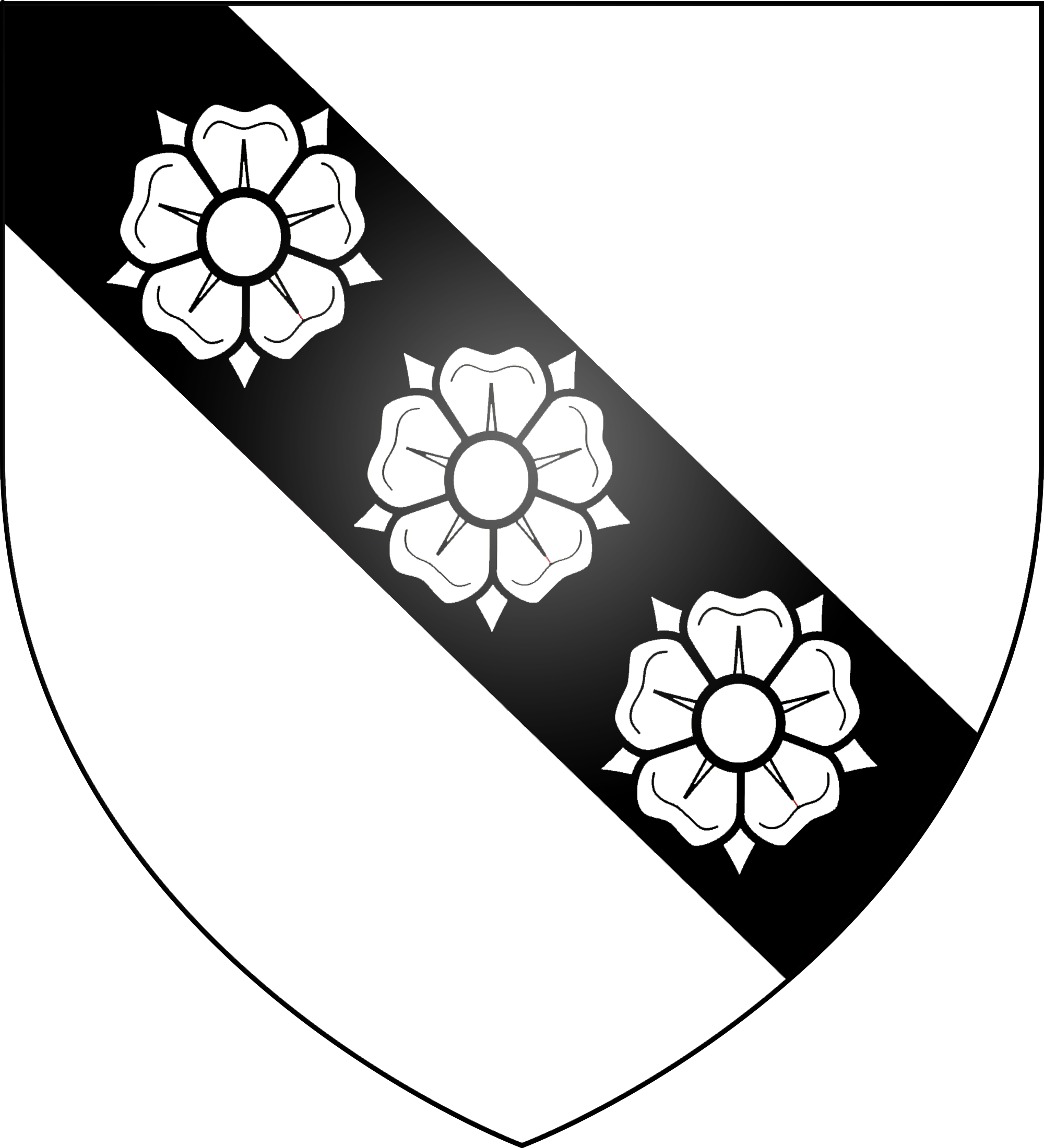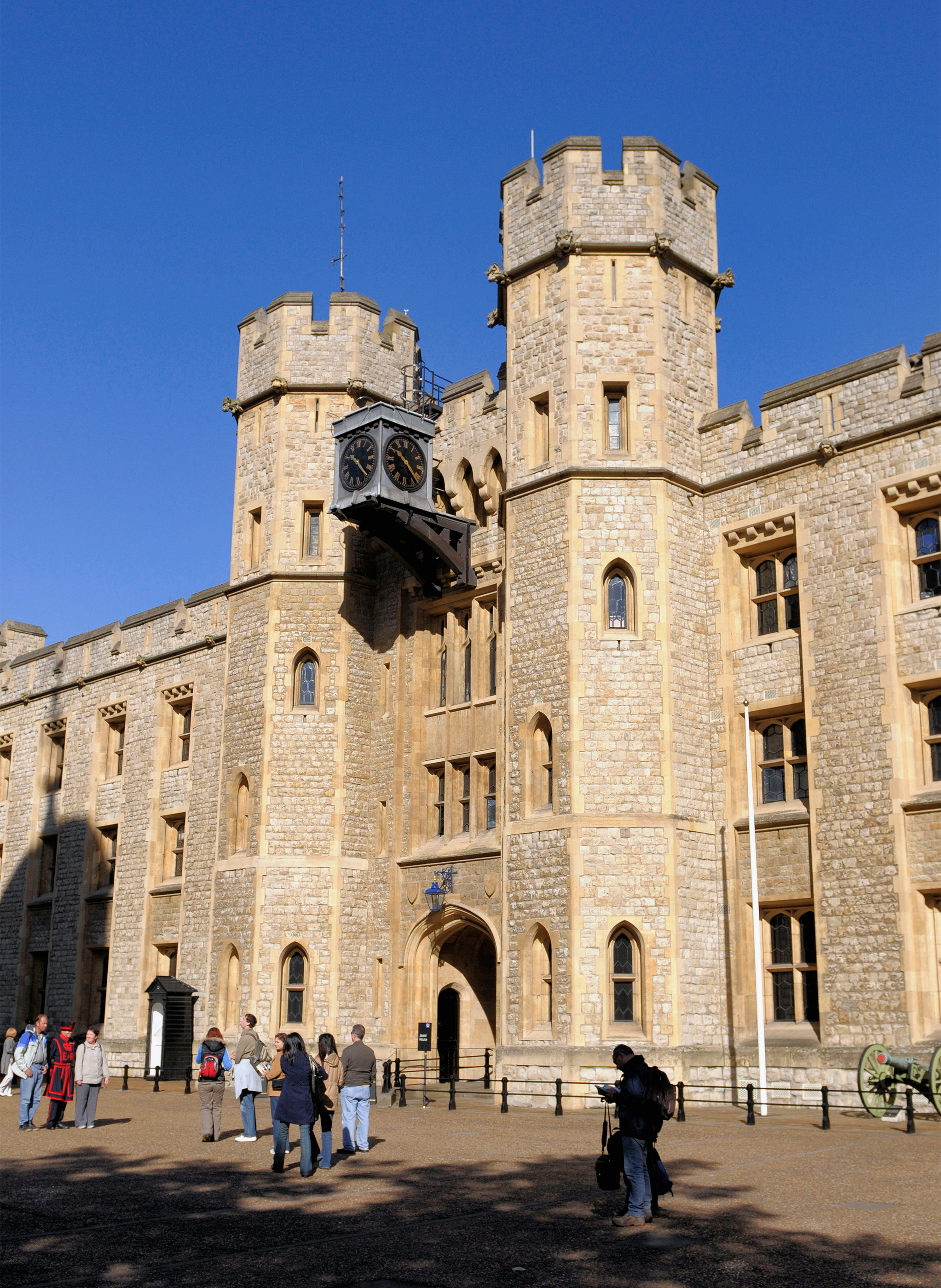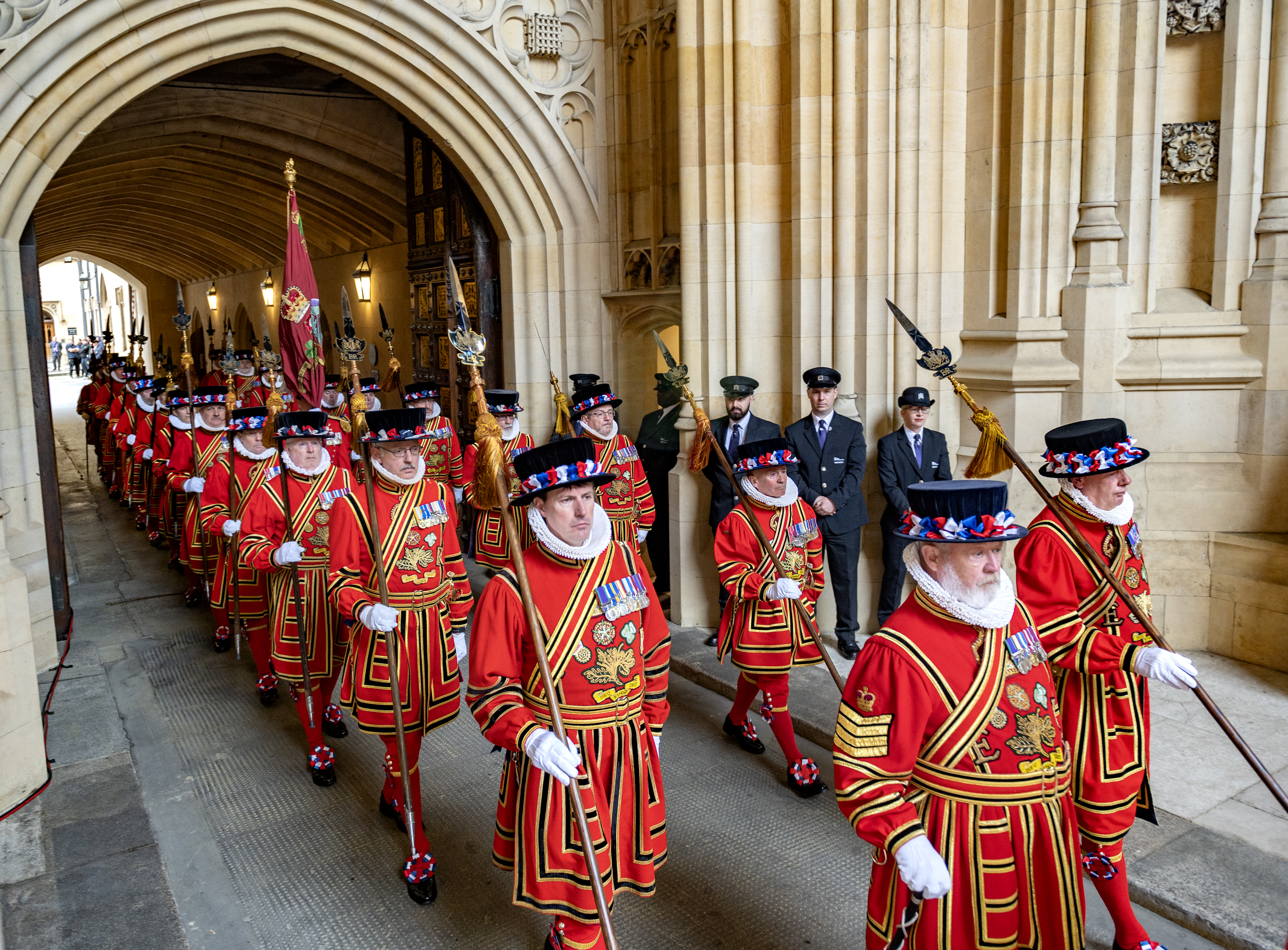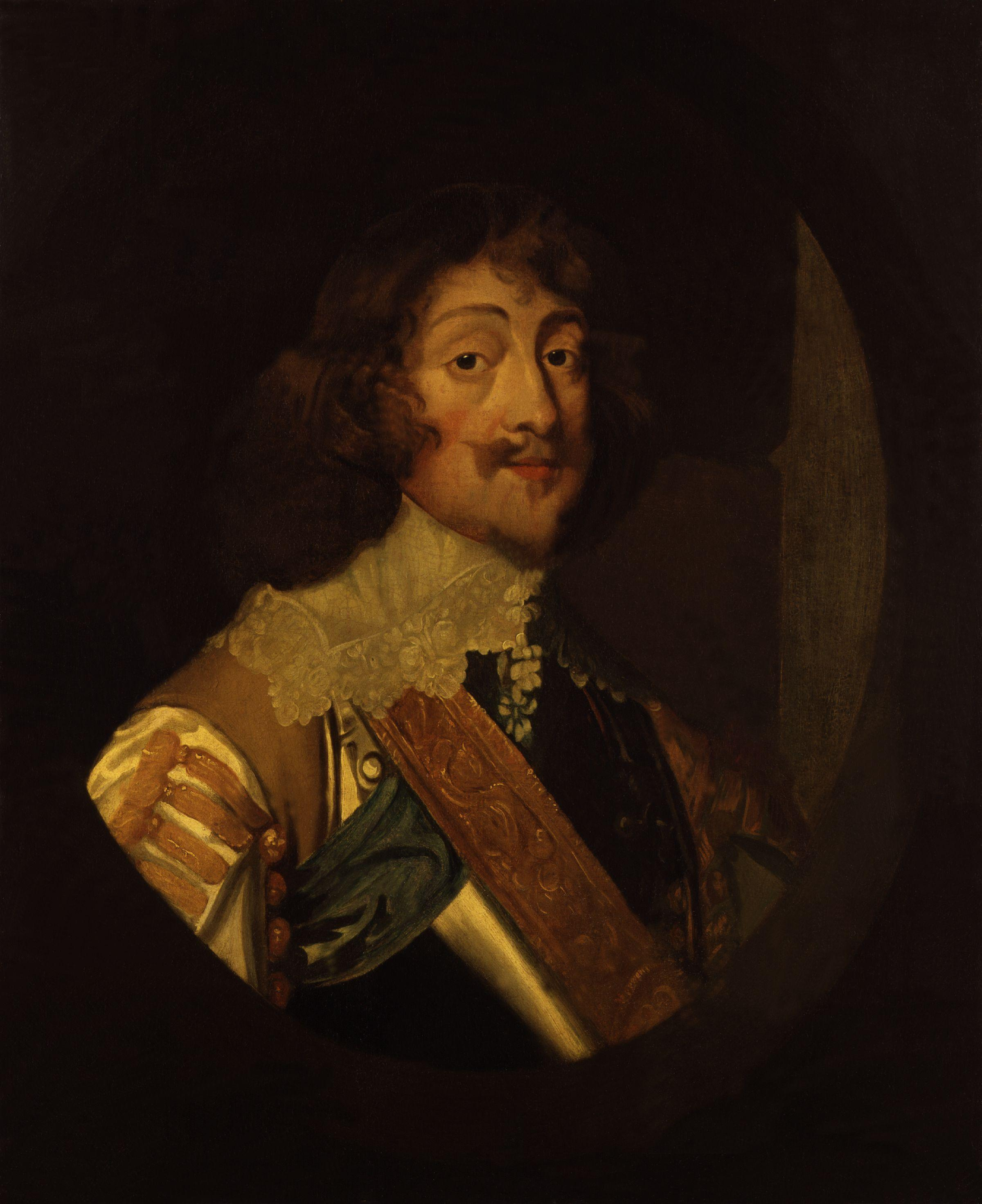|
Lord Chamberlain
The Lord Chamberlain of the Household is the most senior officer of the Royal Household of the United Kingdom, supervising the departments which support and provide advice to the Sovereign of the United Kingdom while also acting as the main channel of communication between the Sovereign and the House of Lords. The office organises all ceremonial activity such as garden parties, state visits, royal weddings, and the State Opening of Parliament. They also handle the Royal Mews and Royal Travel, as well as the ceremony around the awarding of honours. For over 230 years, the Lord Chamberlain had the power to decide which plays would be granted a licence for performance. From 1737 to 1968, this meant that the Lord Chamberlain had the capacity to censor theatre at his pleasure. The Lord Chamberlain is always sworn of the Privy Council, is usually a peer and before 1782 the post was of Cabinet rank. The position was a political one until 1924. The office dates from the Middle A ... [...More Info...] [...Related Items...] OR: [Wikipedia] [Google] [Baidu] |
Lord Great Chamberlain
The Lord Great Chamberlain of England is the sixth of the Great Officers of State, ranking beneath the Lord Keeper of the Privy Seal and above the Lord High Constable. The Lord Great Chamberlain has charge over the Palace of Westminster (though since the 1960s his personal authority has been limited to the royal apartments and Westminster Hall). The Lord Great Chamberlain also has a major part to play in royal coronations, having the right to dress the monarch on coronation day and to serve the monarch water before and after the coronation banquet, and also being involved in investing the monarch with the insignia of rule. On formal state occasions, he wears a distinctive scarlet court uniform and bears a gold key and a white staff as the insignia of his office. Officeholders The position is a hereditary one, held since 1780 in gross. At any one time, a single person actually exercises the office of Lord Great Chamberlain. The various individuals who hold fractions of the ... [...More Info...] [...Related Items...] OR: [Wikipedia] [Google] [Baidu] |
Cabinet Rank
The ministerial ranking, Cabinet ranking, order of precedence in Cabinet or order of precedence of ministers is the "pecking order" or relative importance of senior ministers in the UK government. Use The ministerial ranking is said by Peter Hennessy to be decided by the Prime Minister alone and reportedly by the Cabinet Office Precedent Book as being wholly decided by the Prime Minister, "guided partly by tradition and partly by political and personal considerations". In his autobiography David Cameron said that it "...combines seniority of post and the length of time as a cabinet minister to determine the rank of everyone present". The Cabinet Manual states that when the Prime Minister is unable to attend Cabinet, or the chair and any deputy chair of a Cabinet committee are absent, the next most senior minister in the ministerial ranking should take the chair. One constitutional law academic, Rodney Brazier, has suggested that if the Prime Minister were to die suddenly ... [...More Info...] [...Related Items...] OR: [Wikipedia] [Google] [Baidu] |
Henry Carey, 1st Baron Hunsdon
Henry Carey, 1st Baron Hunsdon KG PC (4 March 1526 – 23 July 1596), was an English nobleman and courtier. He was the patron of the Lord Chamberlain's Men, William Shakespeare's playing company. The son of Mary Boleyn, he was a cousin of Elizabeth I. Early life Henry Carey was the second child of William Carey and Mary Boleyn who was the sister of Anne Boleyn, the second wife and Queen of Henry VIII. Carey and his elder sister Catherine came under the wardship of their maternal aunt Anne Boleyn, who was engaged to Henry VIII at the time. The children still had active contact with their mother, who remained on good terms with her sister, until Mary's secret elopement with a soldier, William Stafford (later Lord of Chebsey) in 1535. Anne Boleyn acted as her nephew's patron and provided him with an excellent education in a prestigious Cistercian monastery. He was also tutored at some point by French poet Nicholas Bourbon, whose life had been saved from the French Inquisi ... [...More Info...] [...Related Items...] OR: [Wikipedia] [Google] [Baidu] |
Jewel House
The Jewel House is a vault housing the British Crown Jewels in the Waterloo Block (formerly a barracks) at the Tower of London. It was opened by Queen Elizabeth II in 1994 and refurbished in 2012. Regalia have been kept in various parts of the Tower since the 14th century after a series of successful and attempted thefts at Westminster Abbey. History Pre-17th century A Keeper of the Crown Jewels was appointed in 1207. Over the subsequent centuries his title varied, from Keeper of the King's Jewels, Master of the Jewel House, Master and Treasurer of the King's Jewels and Plate, or Keeper of the Jewel House. He was also Treasurer of the Chamber, a division of the Royal Household of the monarch. In this position he was also called Keeper of the Court Wardrobe, Keeper of the Privy Wardrobe, or Receiver of the Chamber. In this capacity, he represented the Lord Treasurer's interests in the regalia, and the wardrobe and privy wardrobe. Because of this, the Receiver of the ... [...More Info...] [...Related Items...] OR: [Wikipedia] [Google] [Baidu] |
Office Of Works
The Office of Works was established in the English royal household in 1378 to oversee the building and maintenance of the royal castles and residences. In 1832 it became the Works Department forces within the Office of Woods, Forests, Land Revenues, Works and Buildings. It was reconstituted as a government department in 1851 and became part of the Ministry of Works in 1940. The organisation of the office varied; senior posts included Surveyor of the King's Works (1578–1782) and Comptroller of the King's Works (1423–1782). In 1782 these offices were merged into Surveyor-General and Comptroller. From 1761 there were named Architects. The office also had posts of Secretary, Master Mason and Master Carpenter. After James Wyatt's death in 1813 a non-professional Surveyor-General was appointed: Major-General Sir Benjamin Stephenson. He was assisted by three "Attached Architects": Sir John Soane, John Nash and Sir Robert Smirke. This arrangement ended in 1832 with the form ... [...More Info...] [...Related Items...] OR: [Wikipedia] [Google] [Baidu] |
Wardrobe (government)
The King's Wardrobe, together with the Chamber, made up the personal part of medieval English government known as the King's household. Originally the room where the king's clothes, armour, and treasure were stored, the term was expanded to describe both its contents and the department of clerks who ran it. Early in the reign of Henry III the Wardrobe emerged out of the fragmentation of the '' Curia Regis'' to become the chief administrative and accounting department of the Household. The Wardrobe received regular block grants from the Exchequer for much of its history; in addition, however, the wardrobe treasure of gold and jewels enabled the king to make secret and rapid payments to fund his diplomatic and military operations, and for a time, in the 13th-14th centuries, it eclipsed the Exchequer as the chief spending department of central government. There were in fact two main Wardrobes for much of this period: around 1300 the confusingly-named Great Wardrobe, responsible o ... [...More Info...] [...Related Items...] OR: [Wikipedia] [Google] [Baidu] |
Chapel Royal
The Chapel Royal is an establishment in the Royal Household serving the spiritual needs of the sovereign and the British Royal Family. Historically it was a body of priests and singers that travelled with the monarch. The term is now also applied to the chapels within royal palaces, most notably at Hampton Court and St James's Palace, and other chapels within the Commonwealth designated as such by the monarch. Within the Church of England, some of these royal chapels may also be referred to as Royal Peculiars, an ecclesiastical jurisdiction of the monarch. The Dean of His Majesty's Chapels Royal is a royal household office that in modern times is usually held by the Bishop of London. The Chapel Royal's most public role is to perform choral liturgical service. It has played a significant role in the musical life of the nation, with composers such as Tallis, Byrd, Bull, Gibbons and Purcell all having been members of the choir. The choir consists of Gentlemen of the Chape ... [...More Info...] [...Related Items...] OR: [Wikipedia] [Google] [Baidu] |
Gentlemen Pensioners
His Majesty's Body Guard of the Honourable Corps of Gentlemen at Arms is a bodyguard to the British Monarch. Until 17 March 1834, they were known as The Honourable Band of Gentlemen Pensioners. Formation The corps was formed as the Troop of Gentlemen in 1509 by King Henry VIII to act as a mounted escort, armed with spear and lance to protect the sovereign, in battle or elsewhere. Henry decided to have "this new and sumptuous Troop of Gentlemen composed of cadets of noble families and the highest order of gentry as his personal Body Guard or 'Nearest Guard'", cadets being the younger sons of nobles. As his Body Guard, it accompanied Henry to France in 1513 and took part in the Battle of Guinegate (better known as the Battle of the Spurs) and then at the Field of Cloth of Gold in 1520. In 1526, they became a dismounted bodyguard armed with battleaxes. They last saw service in battle during the English Civil War, during which a Gentleman Matthews saved the Prince of Wales at the ... [...More Info...] [...Related Items...] OR: [Wikipedia] [Google] [Baidu] |
Yeomen Of The Guard
The King's Body Guard of the Yeomen of the Guard is a bodyguard of the British monarch. The oldest British military corps still in existence, it was created by King Henry VII in 1485 after the Battle of Bosworth Field. History The kings of England always had bodyguards surrounding them. The Anglo-Saxon kings had their house guards, and the Danish kings their housecarls. By the 13th century, the Anglo-Norman kings had three groups specifically ordered to protect them: (1) the royal household sergeants-at-arms; (2) the king's foot archers (also known as the Yeomen of the Crown); and (3) the esquires of the royal household. The actual number of archers varied over the course of the 14th-15th centuries. In 1318, a Household Ordinance (the King's Proclamation containing the yearly budget for his royal household) specified that the number of archers should be 24. Edward III had between 16 and 22 yeomen, Richard II recruited an additional 300 archers from Cheshire, Edward IV ... [...More Info...] [...Related Items...] OR: [Wikipedia] [Google] [Baidu] |
Groom Of The Stool
The Groom of the Stool (formally styled: "Groom of the King's Close Stool") was the most intimate of an English monarch's courtiers, responsible for assisting the king in excretion and hygiene. The physical intimacy of the role naturally led to his becoming a man in whom much confidence was placed by his royal master and with whom many royal secrets were shared as a matter of course. This secret information—while it would never have been revealed, for it would have led to the discredit of his honour—in turn led to his becoming feared and respected and therefore powerful within the royal court in his own right. The office developed gradually over decades and centuries into one of administration of the royal finances, and under Henry VII, the Groom of the Stool became a powerful official involved in setting national fiscal policy, under the "chamber system". Later, the office was renamed Groom of the Stole. The Tudor historian David Starkey classes this change as classic ... [...More Info...] [...Related Items...] OR: [Wikipedia] [Google] [Baidu] |
Master Of The Horse
Master of the Horse is an official position in several European nations. It was more common when most countries in Europe were monarchies, and is of varying prominence today. (Ancient Rome) The original Master of the Horse ( la, Magister Equitum) in the Roman Republic was an office appointed and dismissed by the Roman Dictator, as it expired with the Dictator's own office, typically a term of six months in the early and mid-republic. The served as the Dictator's main lieutenant. The nomination of the was left to the choice of the Dictator, unless a specified, as was sometimes the case, the name of the person who was to be appointed. The Dictator could not be without a to assist him, and, consequently, if the first either died or was dismissed during the Dictator's term, another had to be nominated in his stead. The was granted a form of , but at the same level as a , and thus was subject to the of the Dictator and was not superior to that of a Consul. In the Dictator's ab ... [...More Info...] [...Related Items...] OR: [Wikipedia] [Google] [Baidu] |
Lord Steward
The Lord Steward or Lord Steward of the Household is an official of the Royal Household in England. He is always a peer. Until 1924, he was always a member of the Government. Until 1782, the office was one of considerable political importance and carried Cabinet rank. The Lord Steward receives his appointment from the Sovereign in person and bears a white staff as the emblem and warrant of his authority. He is the first dignitary of the court. In the House of Lords Precedence Act 1539, an Act of Parliament for placing of the lords, he is described as the grand master or lord steward of the king's most honourable household. He presided at the Board of Green Cloth, until the Board of Green Cloth disappeared in the reform of local government licensing in 2004, brought about by the Licensing Act 2003 (section 195). In his department are the Treasurer of the Household and Comptroller of the Household, who rank next to him. These officials were usually peers or the sons of peers ... [...More Info...] [...Related Items...] OR: [Wikipedia] [Google] [Baidu] |






.jpg)


.jpg)